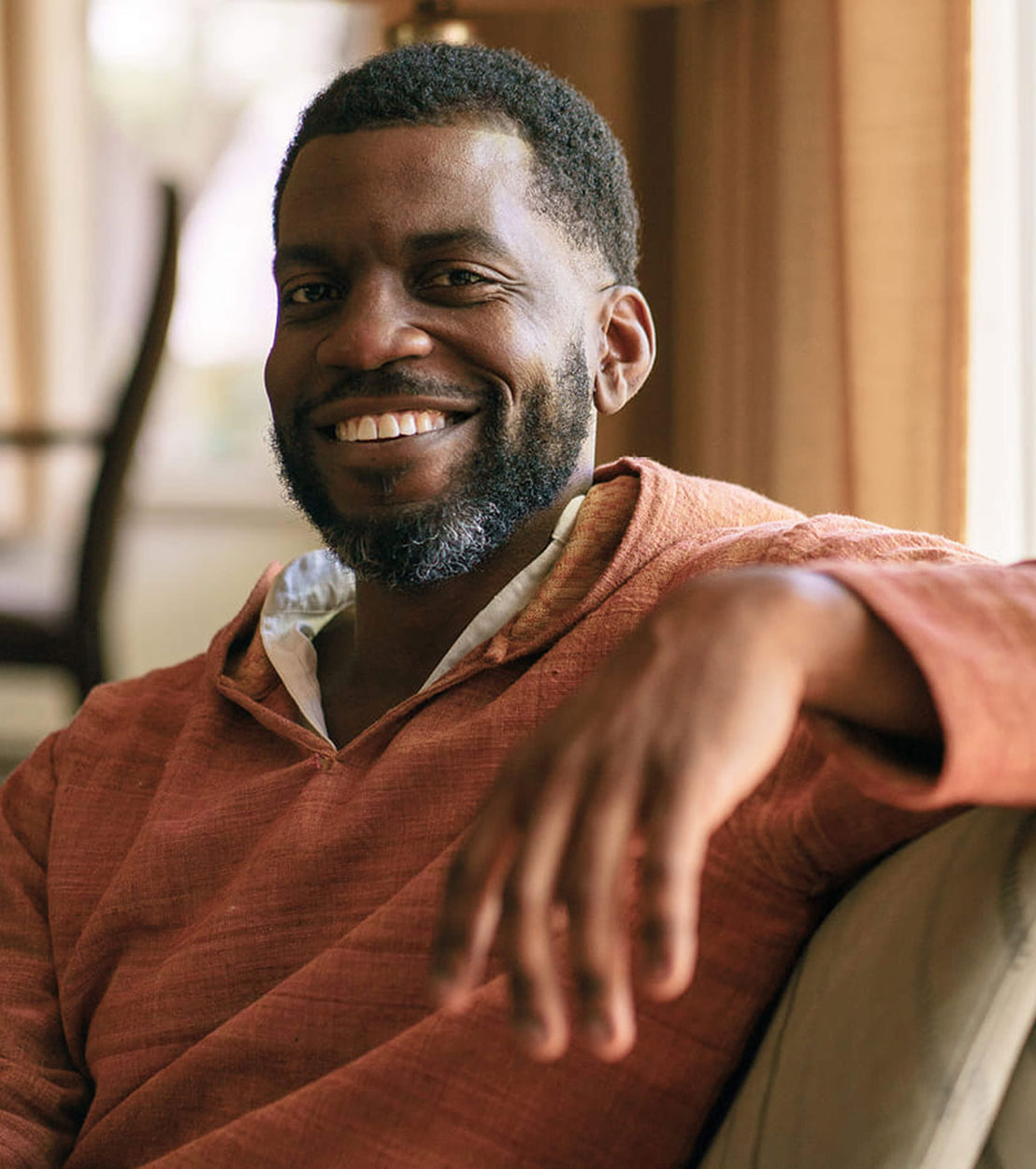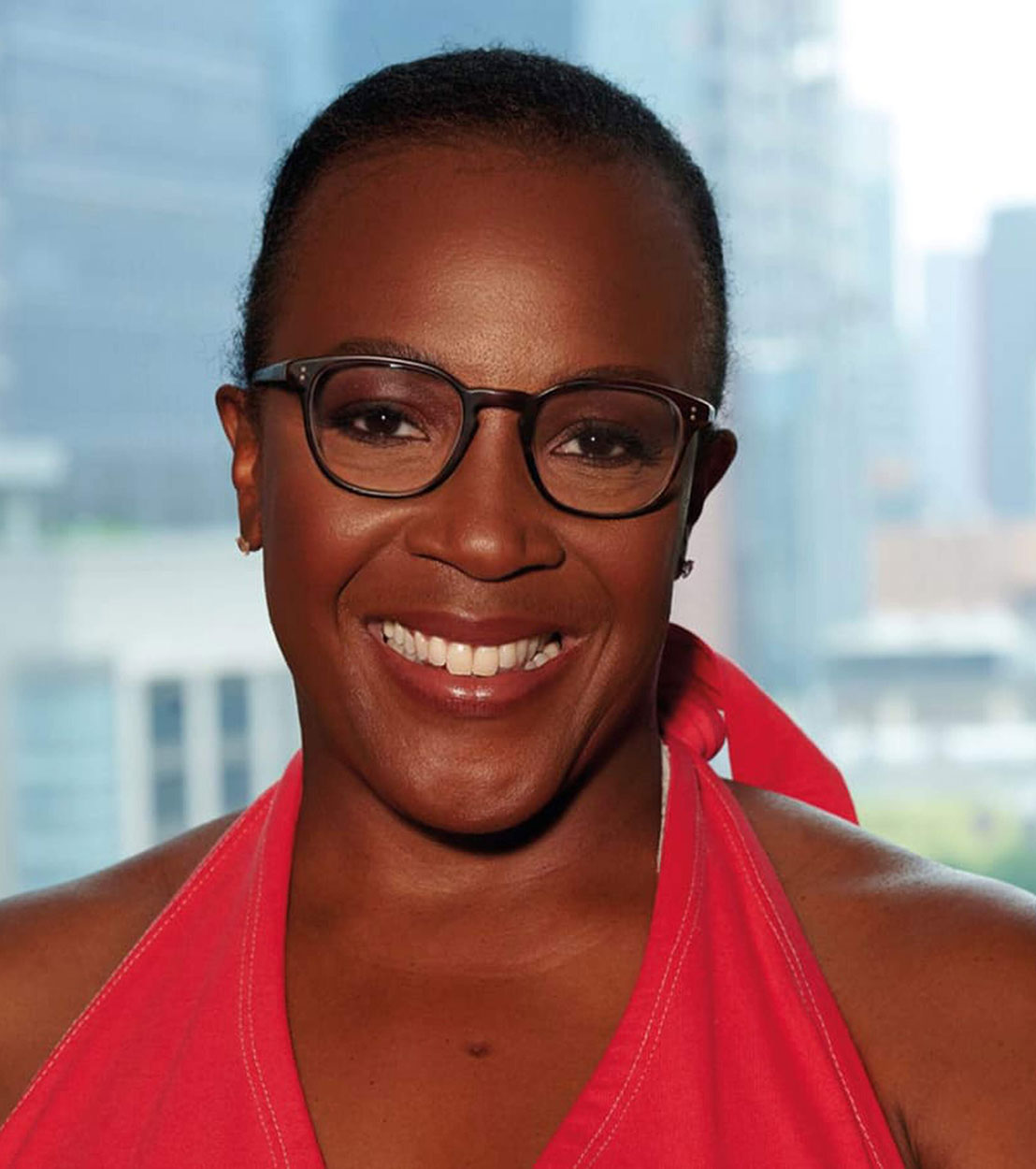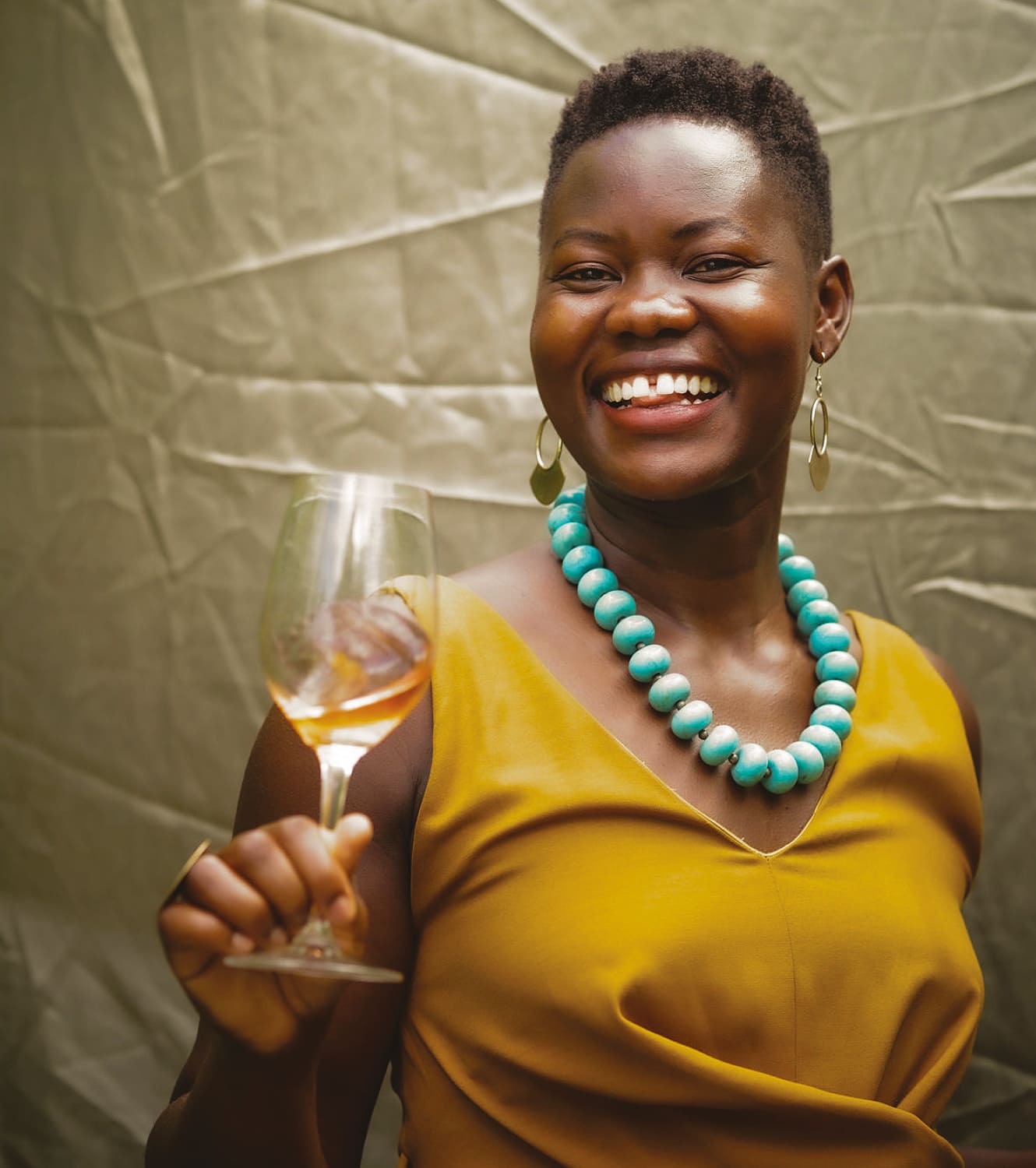
NATIVE WISDOM
With Indigenous cuisine experiencing at last a much-needed renaissance across the US, Stephanie Gravalese meets three chefs leading conversations around the movement’s ties to cultural preservation and culinary innovation
The culinary world is often drawn to the latest trends, yet it’s the traces of timeless traditions that can leave a profound impact. Indigenous cuisine, quietly cultivated and resiliently preserved by Indigenous communities across the Americas for millennia, is a stirring testament to this. Transcending culinary fads, it invites us to gather at a table overflowing with enduring heritage. It’s an area where the respect for authentic, ancestral food and the local environment is more than an expectation: it’s a core principle.
In the US, the rise of restaurants such as Owamni, Thirty Nine and Sly Fox Den highlight the cultural resurgence of Indigenous cuisine. Serving dishes steeped in a deep awareness of their indigenous roots – respectively the Oglala Lakota, the 39 tribal nations of Oklahoma and the Wampanoag – they acknowledge the inextricable link between food and identity and weave together age-old narratives and culinary innovation. You could argue their ascendency signals a pivotal shift in the culinary landscape of the 21st century.
ROOTS AND BRANCH
The concept can be also viewed through the lens of “decolonized food” – a movement that challenges the impact of colonialism on traditional agricultural practices and diets. For Oglala Lakota chef Sean Sherman, of the Minneapolis restaurant Owamni, one of the essential aspects of decolonized food lies in the absence of ingredients introduced to the Americas after the arrival of Europeans. This means veering away from familiar Western diet staples such as flour, sugar, dairy, beef and chicken.
“We created a philosophy around what it means to decolonize, which isn’t pretending colonization didn’t happen,” he explains. “It’s more so comparing the values that colonization is normalized, even in today’s world, compared to how Indigenous communities on a global scale really have a deeper connection to the planet, to the foods, and to the world around us. And they have a lot more health and community-based focus.”
Cuisine anchored in decolonization emphasizes the richness derived from Indigenous staples such as corn, beans, squash – known as the “Three Sisters” in many Native American agricultural systems – as well as wild game like buffalo and venison, a variety of fish species, and a plethora of foraged plants, nuts, seeds and berries. Sherman believes a deep respect for traditional foodways shapes this culinary approach, mirroring a vibrant adaptability to the local environment and a pledge to sustainability and biodiversity.
What’s more, the absence of post-European ingredients doesn’t restrict but rather illuminates the diversity of Indigenous food systems and tastes. And it is testament to the resilience of such communities, their deep knowledge of their own edible landscape, and its potential in forging sustainable, place-based diets in contemporary food culture.
“A lot of our work is trying to steward that knowledge and just bring it forward so we can make our own decisions of which systems we decide to keep,” explains Sherman. This, he adds, means finding different ways to think about food, health and the planet really. And his steadfastness hasn’t gone unnoticed, with Owamni named the James Beard Foundation’s Best New Restaurant in the US in 2021. “It is essential for now because of the history of colonization, which has affected so many people, especially Black and Indigenous communities in America,” he says.
“Mostly we try to make dishes taste like a place and a culture,” continues Sherman. “So a dish may have native hand-harvested wild rice from one of our Indigenous vendors, wild blueberries, wild rose hips, wild mushrooms, Red Lake Nation walleye, microgreens from [local native non-profit farm] Dream of Wild Health,” he explains. “Each of those pieces represents history, flavor and connection to tell a story about the food itself and the tribal communities here that know and utilize those ingredients.”
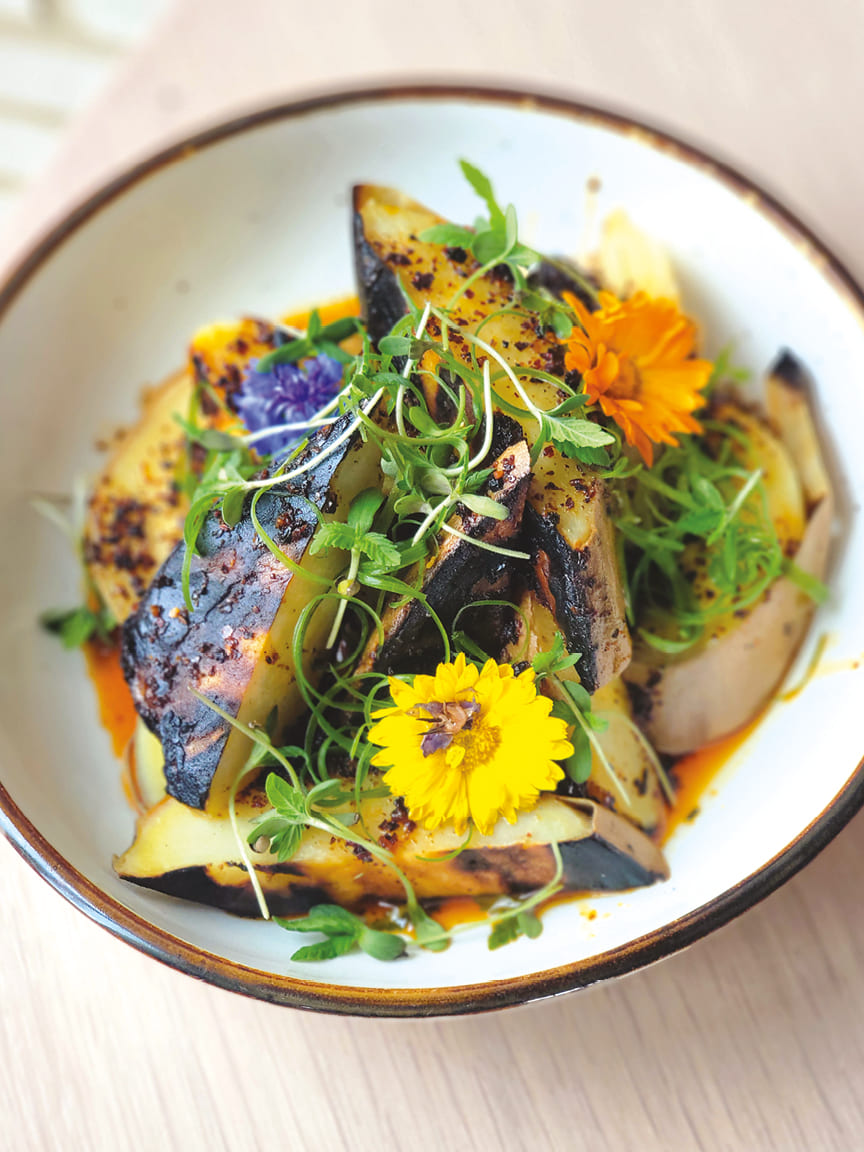
Banner and above, Oglala Lakota chef Sean Sherman of the Minneapolis restaurant Owamni and his sweet potatoes with maple chili oil.

Chef and food historian Loretta Barrett Oden and her Oklahoma City restaurant Thirty Nine’s hominy bean hummus
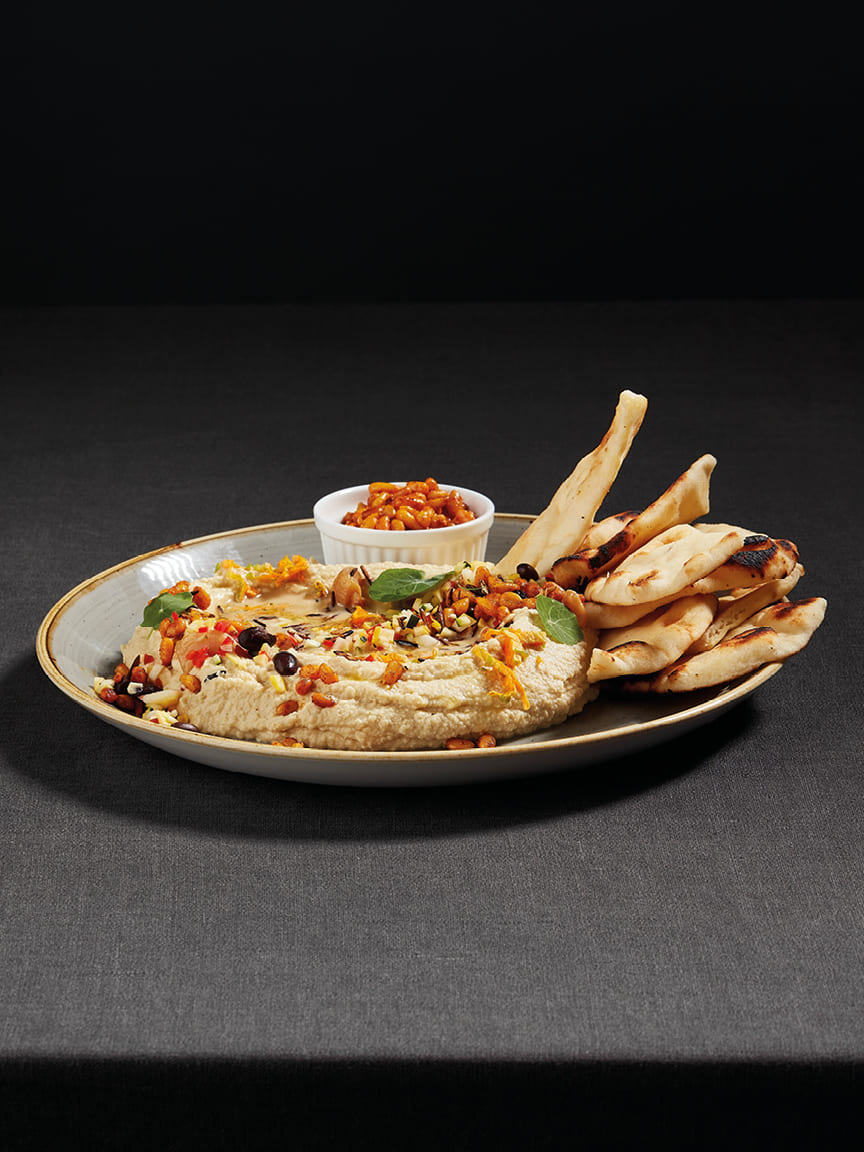
STANDING FOR AUTHENTICITY
Over in Oklahoma City is another luminous beacon of Indigenous cuisine, Thirty Nine. Hailing from the Potawatomi community, chef Loretta Barrett Oden has a rich culinary career spanning 35 years. “What sets Indigenous cuisine apart is the stories these ingredients carry,” she tells me. In her pursuit of authenticity, Oden ensures that her menu incorporates ingredients that are at least 90 percent indigenous to the Americas.
“So I may use wild rice from the Great Lakes region, and then mix it with the quinoa from Bolivia and Peru. But they still have their roots in the Americas – the so-called New World which, of course, wasn’t new.”
She says her food is about telling the stories of each and every ingredient that she uses. “Each ingredient, be it the Three Sisters of corn, beans or squash, is woven with beautiful legends,” she says. “Chocolate and vanilla are steeped in tales of the Aztec Emperor, Moctezuma. It’s all so luscious and lovely.”
Oden says that it is when people ask her, “What is the First American food?” that she gets the chance to go out to their tables to explore the concept further. “I say: ‘You know that chili pepper, that tomato, that corn, they all originated in the Americas. That’s not an Irish potato and that is not Swiss chocolate’.”
Meanwhile, tucked away in the heart of New England and with Mashpee Wampanoag chef Sherry Pocknett at its helm, Sly Fox Den offers an immersive exploration of Indigenous cuisine. Pocknett’s philosophy revolves around empathetically responding to the season’s offerings and, much like its menu, the restaurant is a unique melange of novelty and tradition.
Beyond her culinary feats, Pocknett aspires to create an Indigenous living museum – a space where guests can immerse in a holistic cultural experience. “I want people to experience the Indigenous food they have never had before. It is not just for Native American people; it’s for everyone,” she says.
By interlacing traditional cuisines, stories and ingredients, chefs like Sherman, Oden and Pocknett are provocatively challenging, and in many ways, transforming how we perceive food and its roots. And they are aware that democratization and resurgence of Indigenous cuisine aren’t without obstacles: it involves maintaining authenticity while avoiding pitfalls like commodification and cultural appropriation.
Collectively these chefs envision permanent integration of Indigenous culinary traditions into mainstream dining – the dawning of a new chapter in gastronomy, one imbued with time-honored heritage. “Each decade, we come back into the fore,” says Oden. “But I think by golly, with the work that we are all doing now and with these young chefs coming up. I think we are here to stay.”
“I want people to experience the Indigenous food they have never had before. It is not just for Native American people; it’s for everyone”
Chef Sherry Pocknett
We recommend
ORIGIN STORY
With High on the Hog, Stephen Satterfield looks at US history through the lens of Black food to weave richly layered critical narratives. He speaks with Jordan Mackay
MAKING WAVES
Through her wine program at Cooper’s Hawk, and as chair of the board of the Court of Master Sommeliers, Americas, Emily Wines is making it her mission to bring diversity, inclusivity and excitement to the world of wine
NEW PERSPECTIVES
Alicia Towns Franken, executive director of nonprofit organization Wine Unify, talks to Kyla Marshell about race and diversity (or lack of) in the wine business
THE LINGUIST
Alice Achayo is on a quest to diversify the language of wine through food – specifically world cuisine. We met the Boston-based wine consultant and founder of The Wine Linguist

